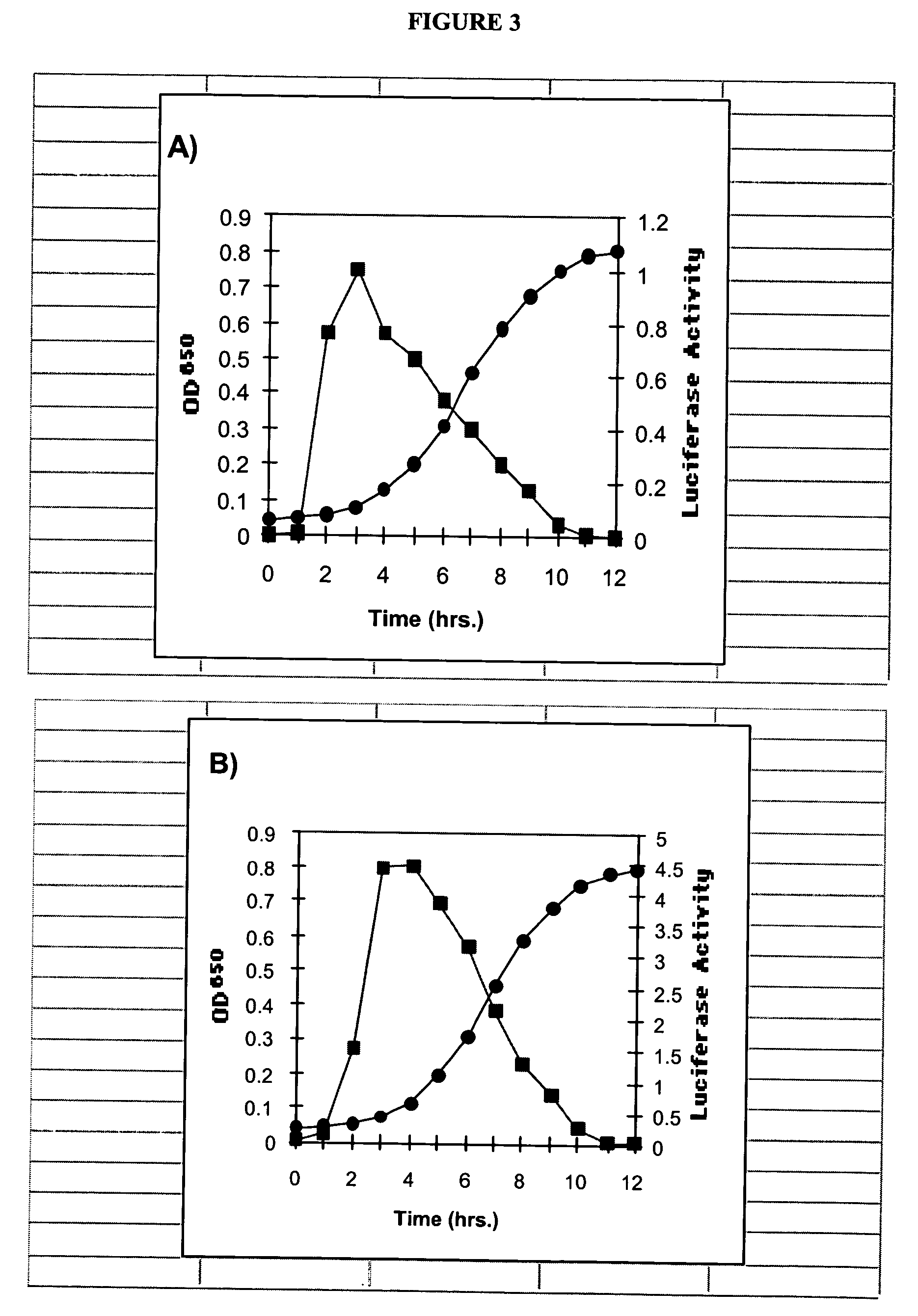Preventing tooth decay and infective endocarditis using natural oligopeptides
a technology of oligopeptides and endocarditis, which is applied in the field of dental caries and endocarditis prevention using natural oligopeptides, can solve the problems of dental caries, dental caries, bacterial disorders of the periapical tissues, and even loss of affected dental elements, so as to minimize the attachment of s, prevent or prevent dental caries and endocarditis, and minimize the negative effects
- Summary
- Abstract
- Description
- Claims
- Application Information
AI Technical Summary
Benefits of technology
Problems solved by technology
Method used
Image
Examples
example 1
[0082] An in vitro assay was performed as described in Materials and Methods to determine whether glucosyltransferases and their substrate (sucrose) are required for the S. mutans attachment to a smooth surface. The results are shown in FIG. 2, which shows that glucosyltransferases and sucrose are required for the S. mutans attachment. It was observed that when sucrose was added to the medium, the wild-type S. mutans readily attached to the surface of a Petri dish. The attachment was evidenced by the clearance of the substantial number of bacteria from the liquid medium and the presence of the increasing number of bacteria in the mucous layer synthesized on the surface of the Petri dish. After an hour-long incubation, up to 60% of bacterial cells were localized to the layer. On the contrary, the gtf-deficient mutant of S. mutans formed no such layer and less than 5% of cells were cleared from the liquid medium. In addition, the data demonstrate that the ability to attach is maximal ...
example 2
[0083] A transcriptional fusion assay was performed as described in Materials and Methods. The results are shown in FIGS. 3A and 3B. After the S. mutans culture was diluted, the expression was low in the stationary phase but rose rapidly as bacteria progress through the lag phase. The gtfB and gtfC expression peaked at the end of the lag phase prior to the exponential growth. The expression declined dramatically during the phase of exponential growth and returned to the low levels when the S. mutans culture reached the stationary phase. In addition, the data show that the two genes have separate functional promoters but are nevertheless regulated in the similar fashion. This example demonstrates the growth phase-dependent expression of gtfB and gtfC genes in S. mutans. This pattern reflects the role of these genes in the early events in the life of an S. mutans culture (e.g., at the time of the initial colonization of a tooth surface).
example 3
[0084] This example illustrates the role of CSP in regulating the gtfB gene. FIG. 4 is an image of a Western blot analysis using a monoclonal antibody against GTFB. As shown by FIG. 4, the normal pattern of GTFB expression is disrupted in the mutant S, mutans lacking the competence stimulating peptide (CSP). In the mutant S. mutans, the GTFB expression remained high throughout the growth of the culture. In contrast, in the wild-type, the amount of the protein was maximal in late lag phase and then dropped dramatically by the end of the exponential phase.
PUM
| Property | Measurement | Unit |
|---|---|---|
| optical density | aaaaa | aaaaa |
| concentration | aaaaa | aaaaa |
| temperature | aaaaa | aaaaa |
Abstract
Description
Claims
Application Information
 Login to View More
Login to View More - R&D
- Intellectual Property
- Life Sciences
- Materials
- Tech Scout
- Unparalleled Data Quality
- Higher Quality Content
- 60% Fewer Hallucinations
Browse by: Latest US Patents, China's latest patents, Technical Efficacy Thesaurus, Application Domain, Technology Topic, Popular Technical Reports.
© 2025 PatSnap. All rights reserved.Legal|Privacy policy|Modern Slavery Act Transparency Statement|Sitemap|About US| Contact US: help@patsnap.com



